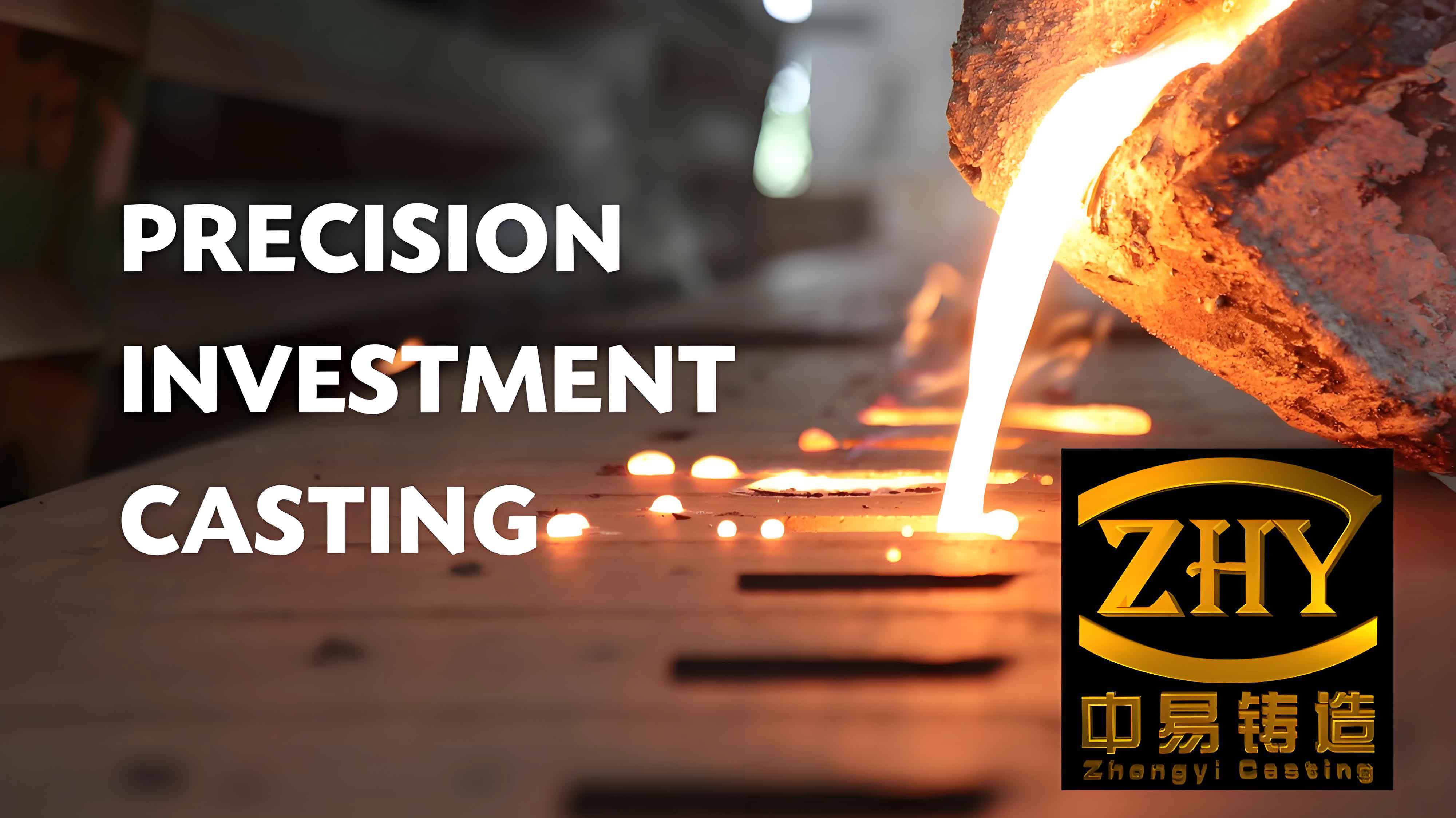
Precision investment casting, an advanced near-net-shape manufacturing technology, faces significant challenges in managing its primary byproduct – waste ceramic shells. Approximately 2–3 million tons of these shells are generated annually in China alone. This review systematically examines emerging reclamation technologies and their applications across industries.
1. Characterization of Waste Ceramic Shells
Waste shells from precision investment casting predominantly consist of refractory materials such as zircon, mullite, and alumina. Table 1 summarizes their chemical composition and phase characteristics.
| Material Type | Al₂O₃ | SiO₂ | ZrO₂ | Fe₂O₃ | Main Phases |
|---|---|---|---|---|---|
| Waste Shell 1 | 32.5 | 53.5 | 8.73 | 0.73 | Mullite, Quartz |
| Waste Shell 2 | 53.8 | 39.0 | 3.85 | 0.46 | Corundum, Mullite |
| Zircon Sand | – | 33.2 | 65.1 | 0.12 | Zircon |
The particle size distribution follows Rosin-Rammler equation:
$$ R(d) = 100 \cdot e^{-(d/d’)^n} $$
where $d’$ represents characteristic particle size and $n$ the distribution uniformity index.
2. Reclamation Process Optimization
Advanced separation techniques combine mechanical and chemical methods:
- Magnetic separation efficiency:
$$ \eta_m = \frac{C_f – C_p}{C_f(1 – C_p)} \times 100\% $$ - Froth flotation recovery rate:
$$ R_f = \frac{m_c \cdot \beta}{m_f \cdot \alpha} \times 100\% $$
| Process | ZrO₂ Enrichment | Fe₂O₃ Removal | Energy Consumption (kWh/t) |
|---|---|---|---|
| Dry Screening | 8.73% → 12.4% | 0.73% → 0.68% | 15–18 |
| Wet Gravity Separation | 12.4% → 45.6% | 0.68% → 0.31% | 25–30 |
| Acid Leaching | 45.6% → 62.8% | 0.31% → 0.12% | 40–45 |
3. Reclaimed Material Applications
Regenerated materials demonstrate exceptional performance in precision investment casting systems:
$$ \text{Shell Strength} = \frac{3PL}{2bd^2} $$
where $P$ = fracture load, $L$ = span length, $b$ = width, $d$ = thickness.
| Application | Reuse Ratio | Cost Reduction | Performance Index |
|---|---|---|---|
| Backup Coatings | 70–80% | 35–40% | ≥85% of virgin material |
| Facing Layer | 30–50% | 25–30% | ≥92% of virgin material |
| Insulation Bricks | 100% | 60–70% | Thermal conductivity ≤0.38 W/m·K |
4. Radiation Shielding Composites
Mullite-ZrO₂ composites from waste shells exhibit superior radiation attenuation:
$$ \mu/\rho = \frac{\sum w_i(\mu/\rho)_i}{100} $$
Linear attenuation coefficients reach 0.201 cm⁻¹ for 662 keV gamma rays, comparable to commercial shields.
5. Environmental and Economic Impact
The circular economy model for precision investment casting waste demonstrates:
$$ \text{EPI} = 0.35E_r + 0.25C_r + 0.4T_i $$
Where EPI = Environmental Performance Index, E_r = Energy recovery, C_r = CO₂ reduction, T_i = Toxicity index.
| Parameter | Virgin Material | Reclaimed Material | Improvement |
|---|---|---|---|
| Energy Intensity (MJ/kg) | 12.8 | 4.2 | 67% reduction |
| CO₂ Emission (kg/kg) | 2.45 | 0.83 | 66% reduction |
| Landfill Requirement | 100% | 8–12% | 88% reduction |
6. Future Perspectives
Emerging challenges in precision investment casting waste management require:
- Development of AI-driven sorting systems with >95% purity
- Advanced leaching techniques for rare earth element recovery
- Standardization of reclaimed material specifications
The integration of Industry 4.0 technologies promises to revolutionize shell reclamation processes, potentially achieving 98% material recovery rates in next-generation precision investment casting systems.
